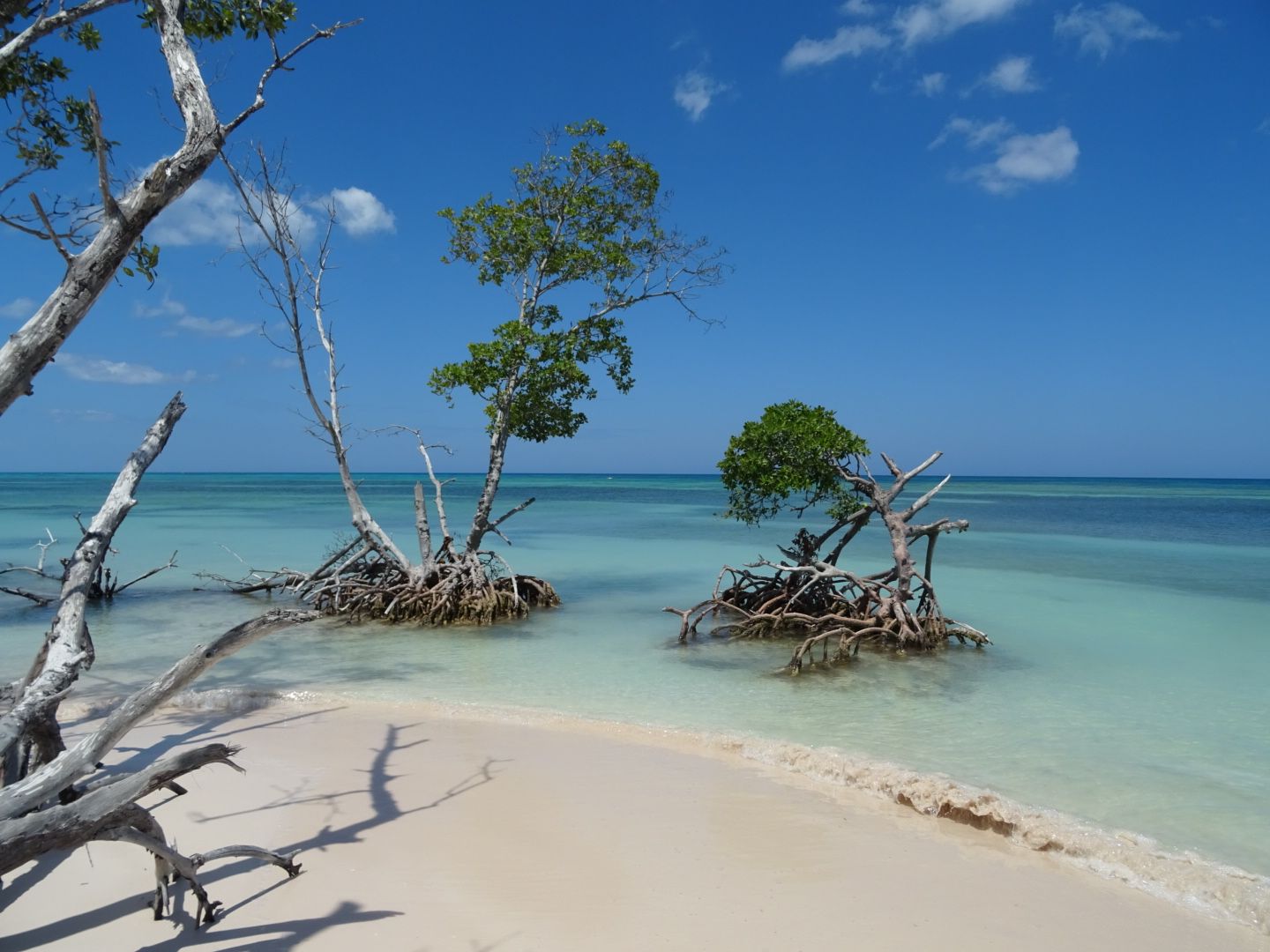Malaysia: Kuala Lumpur, Borneo (Sabah)
نشرت: 27.08.2022
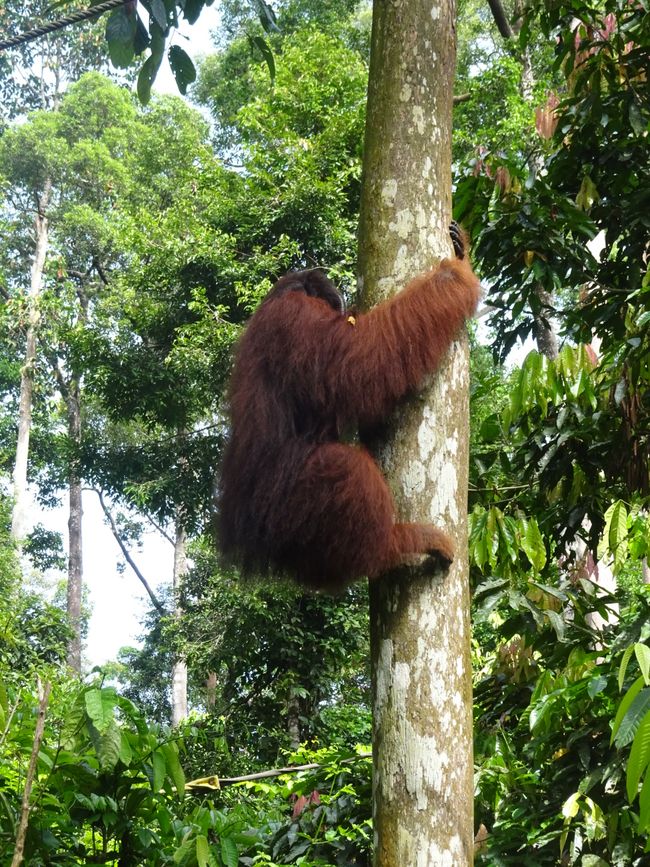
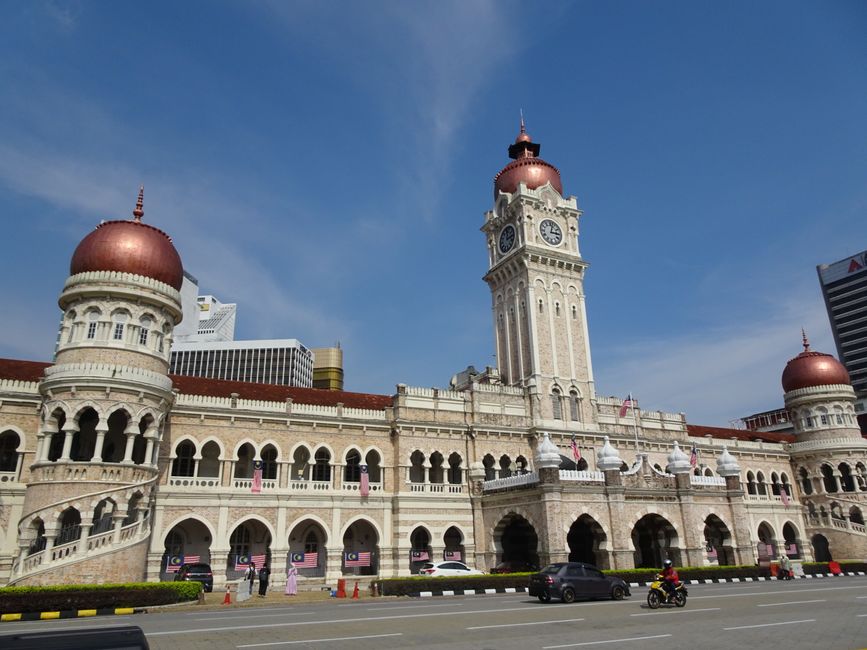
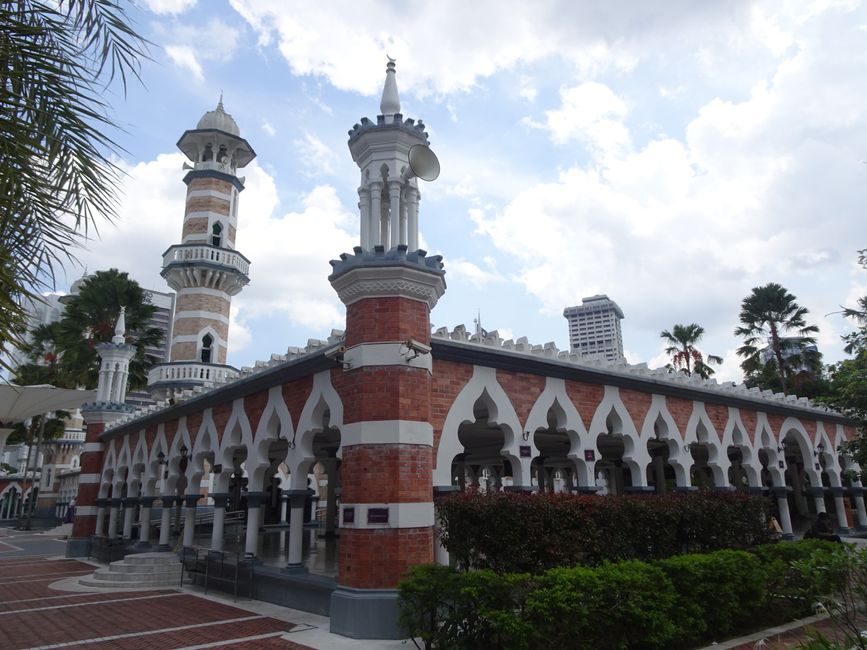
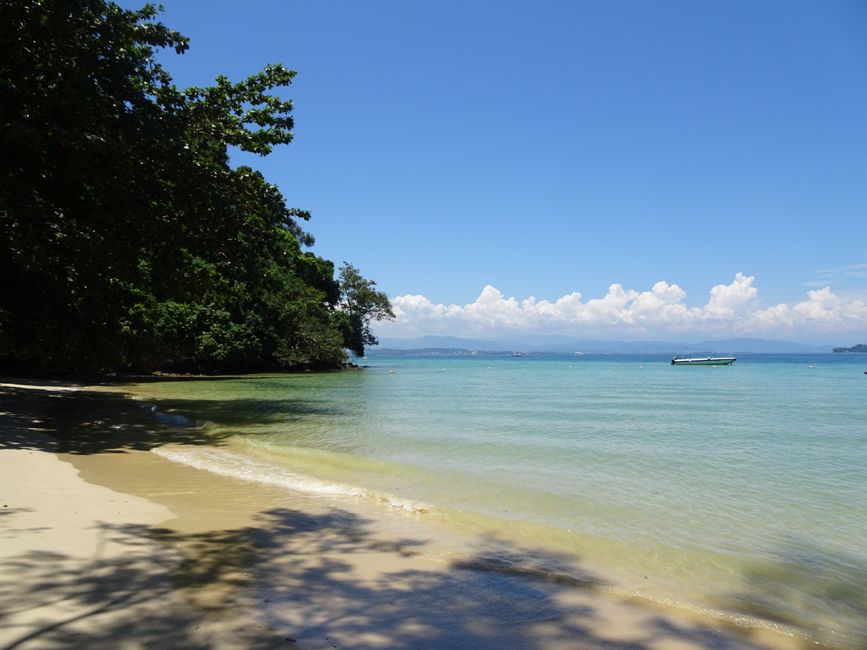
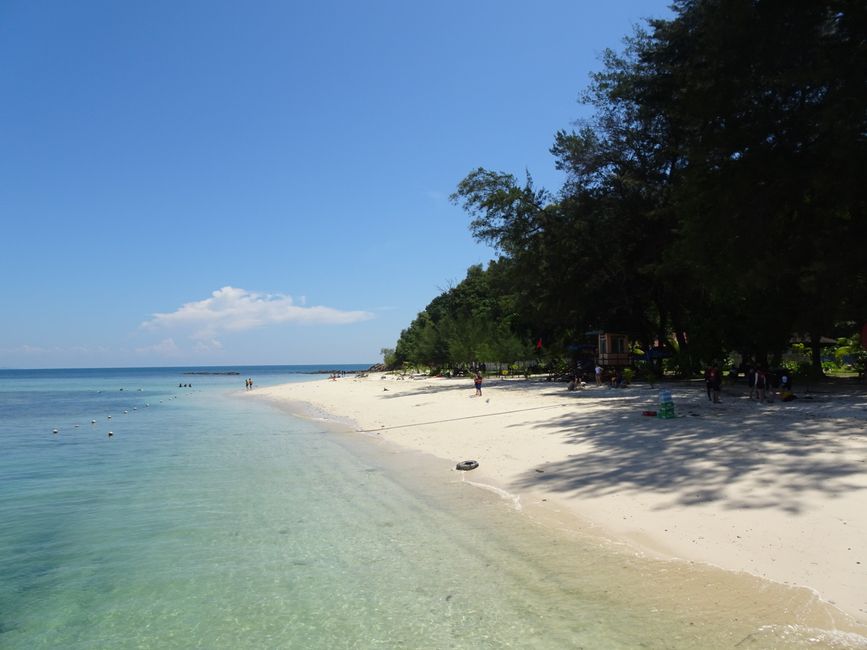
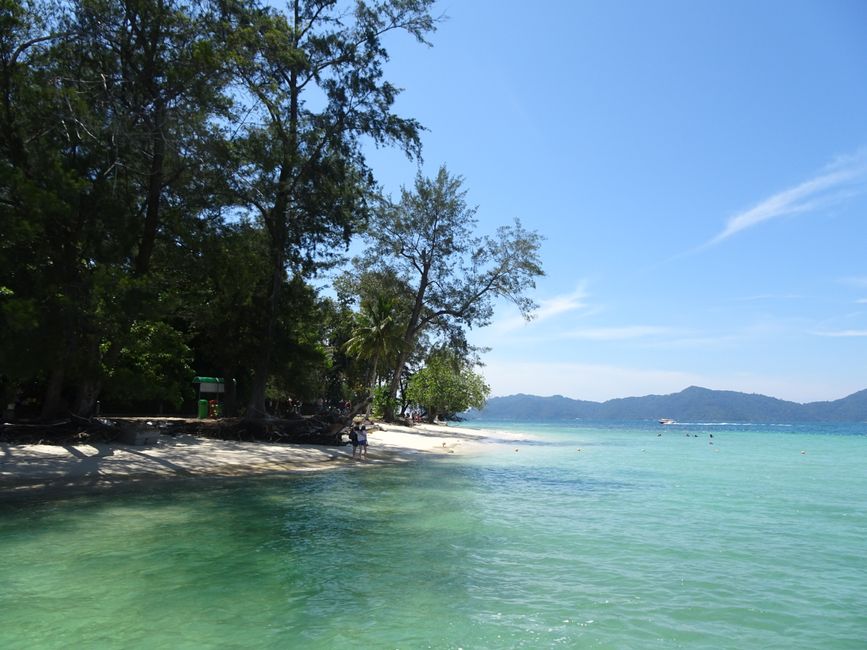
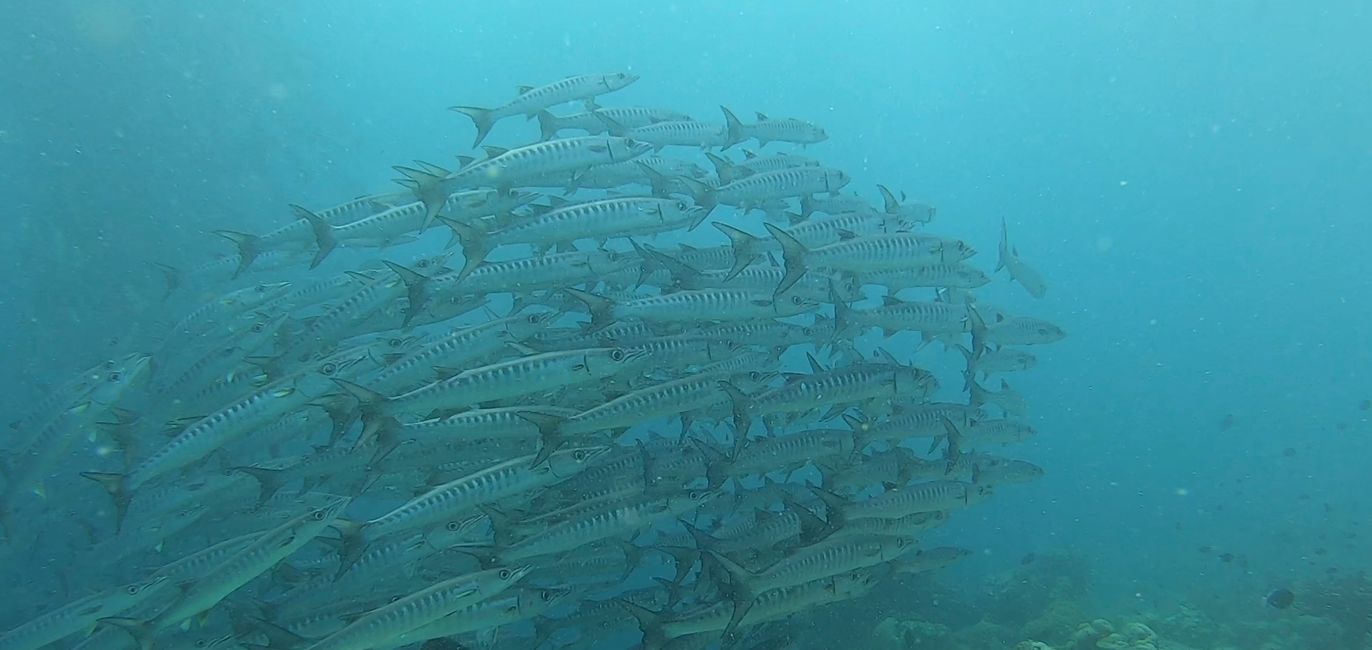
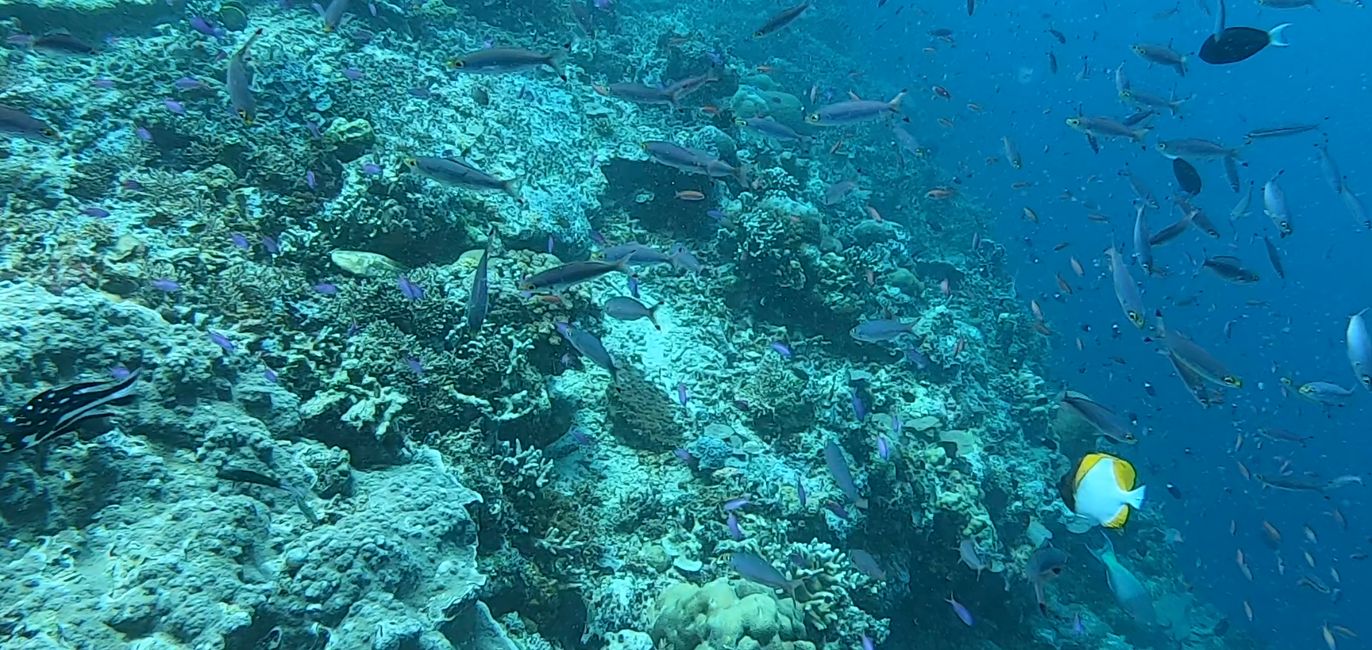
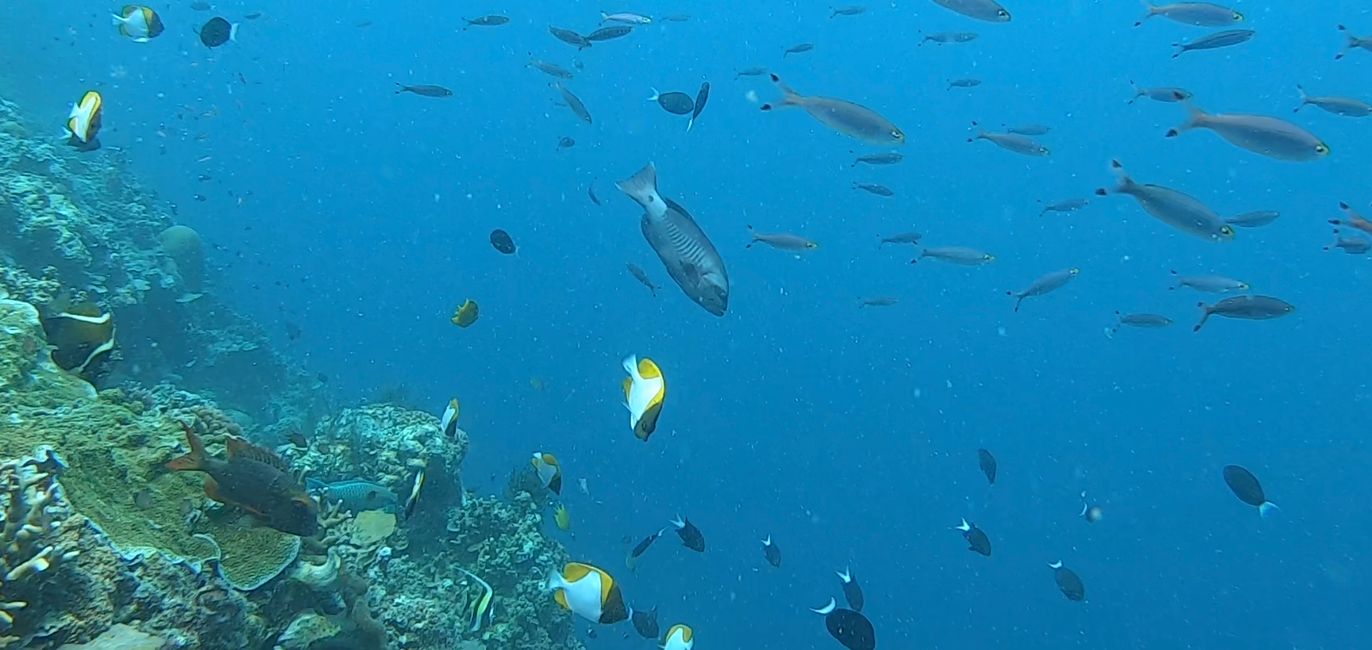
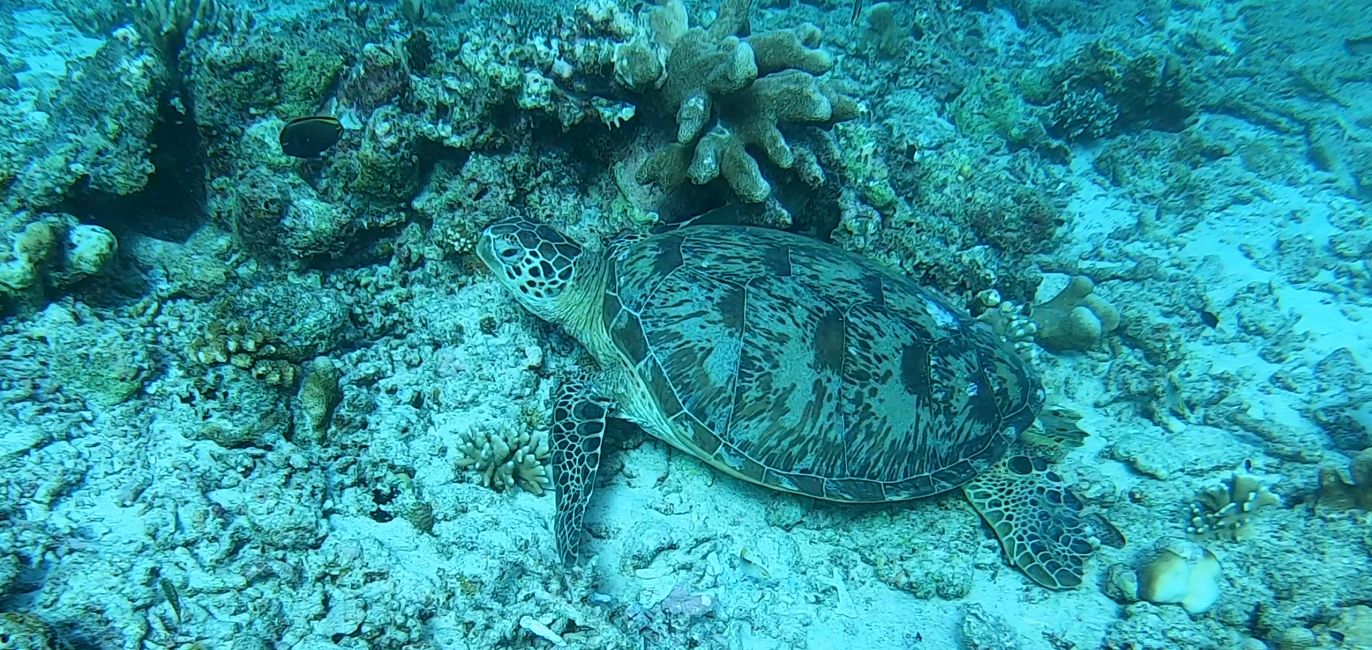
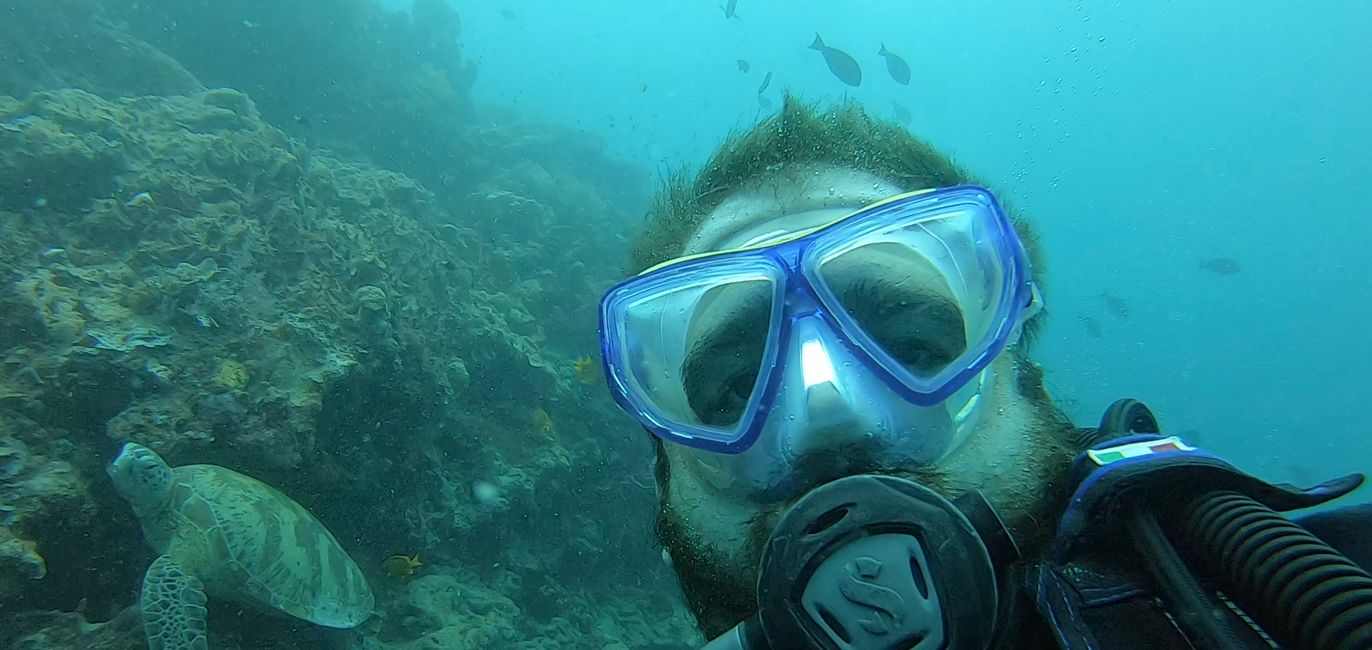
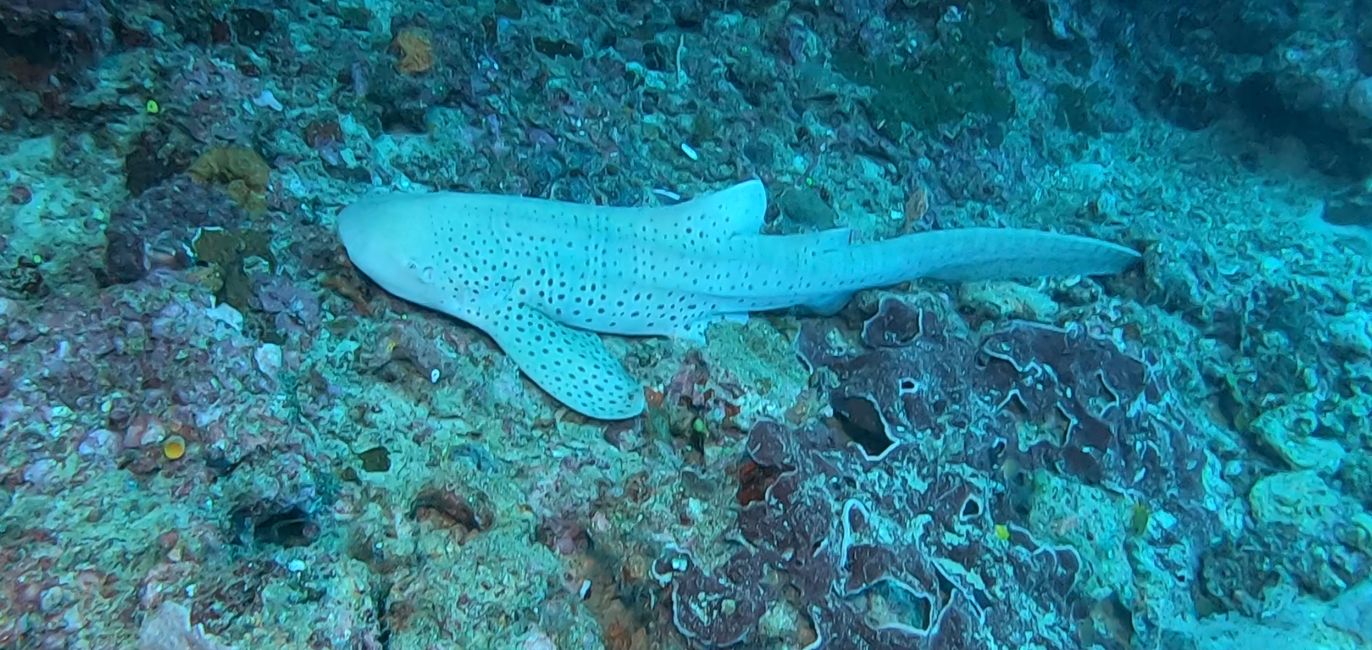
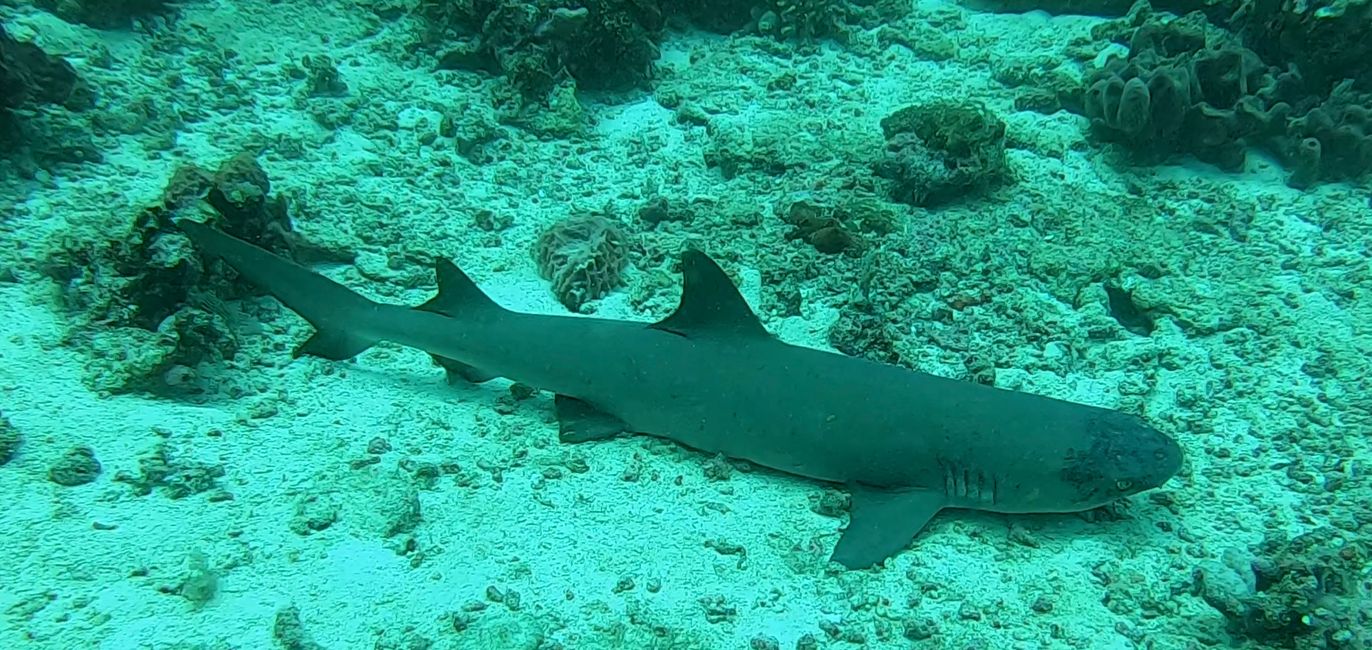
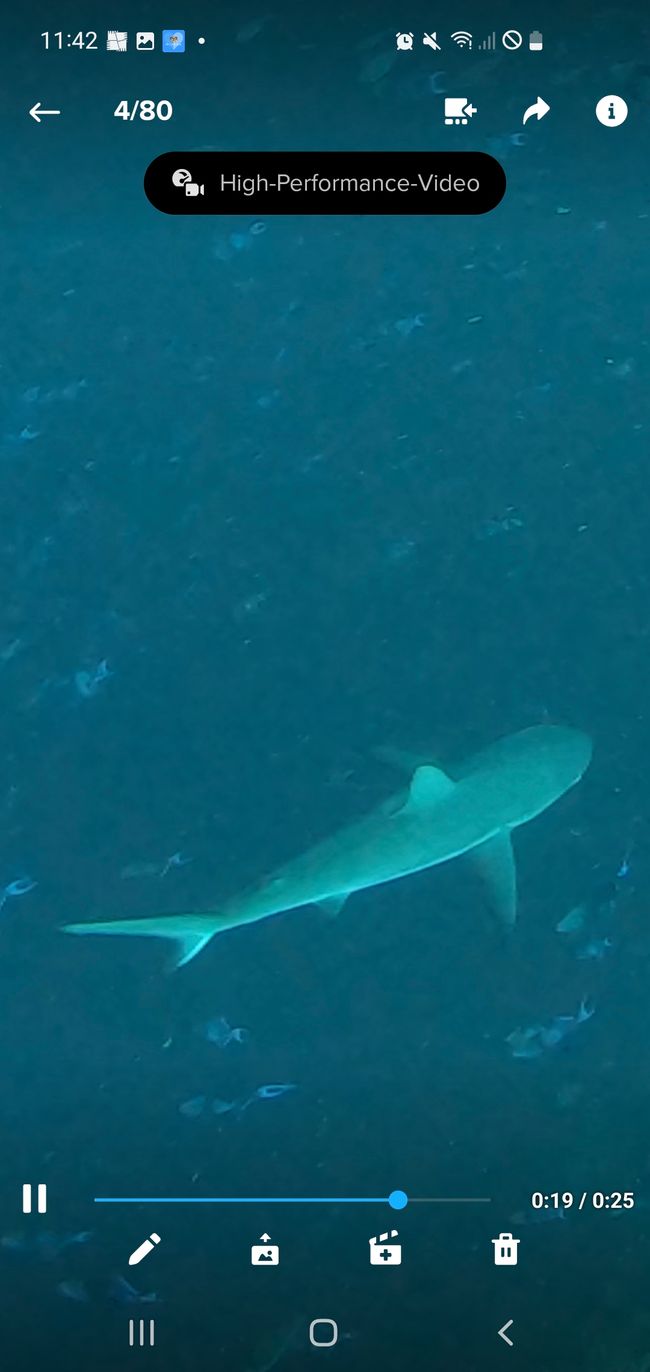
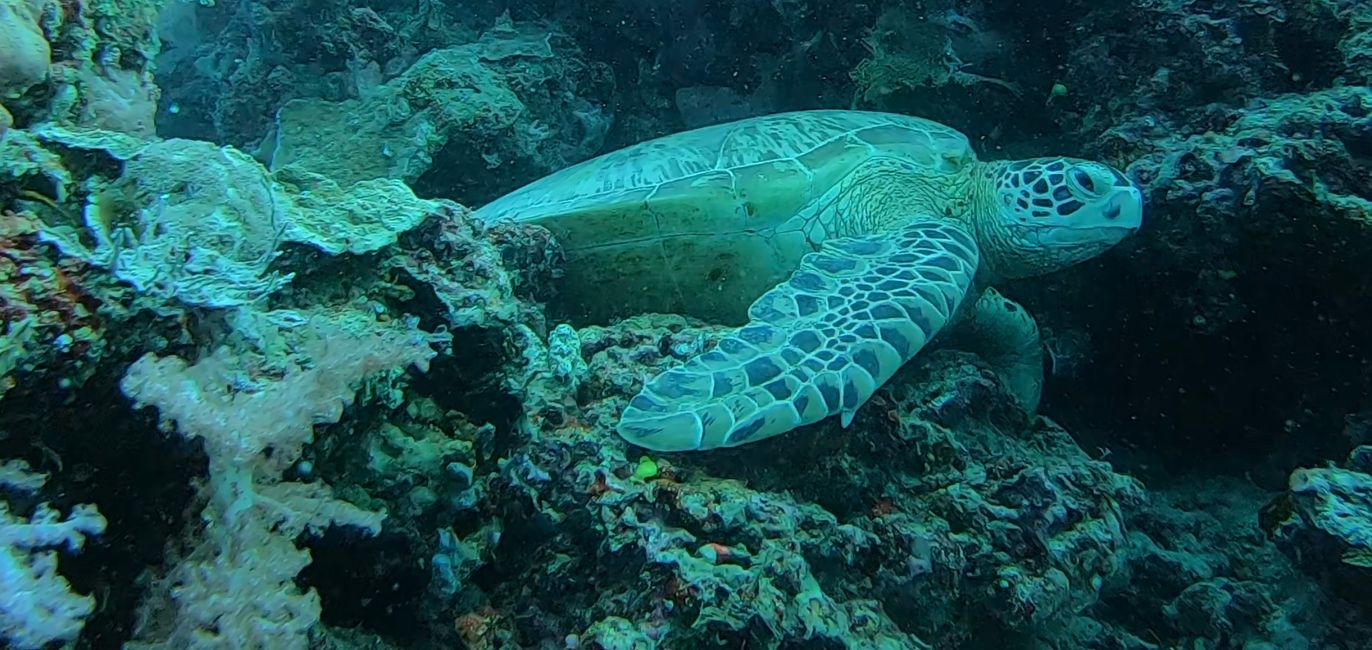
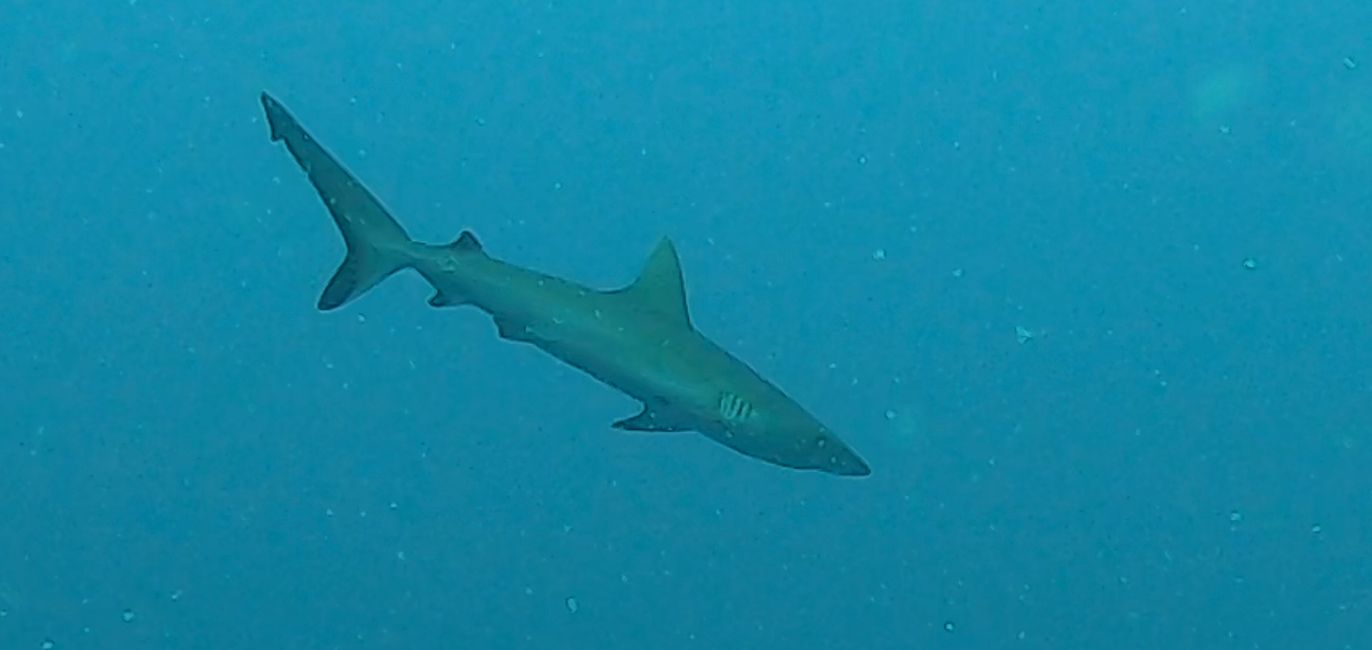
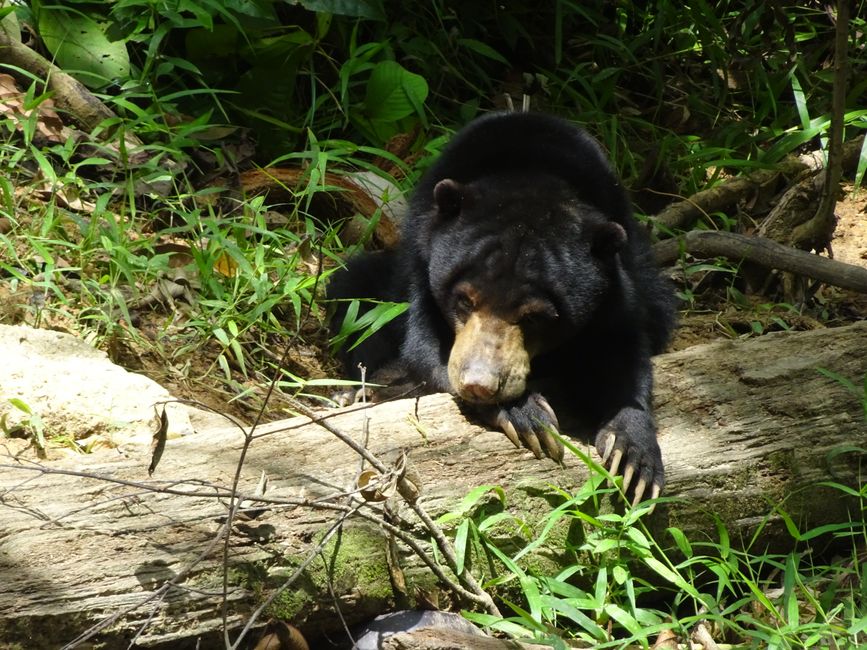
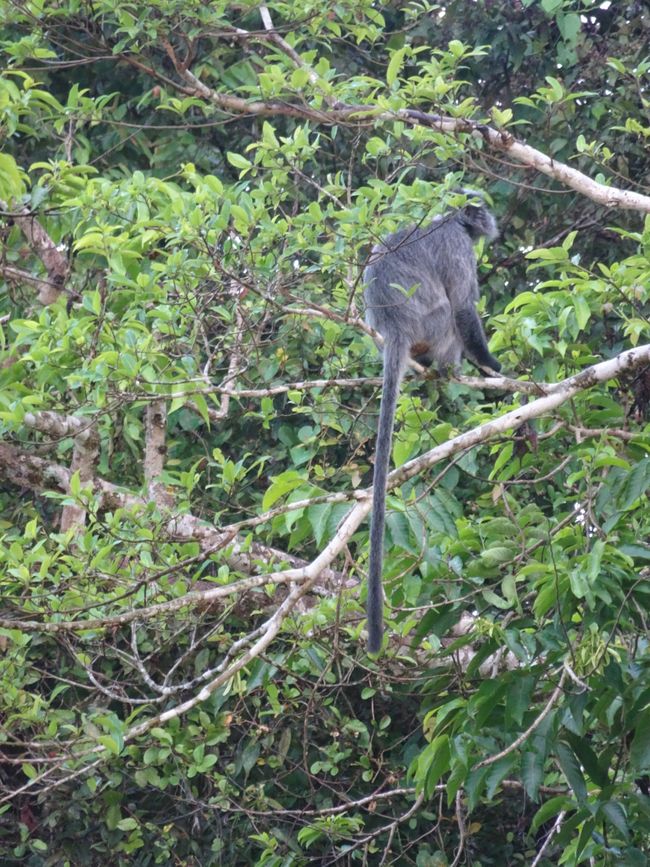
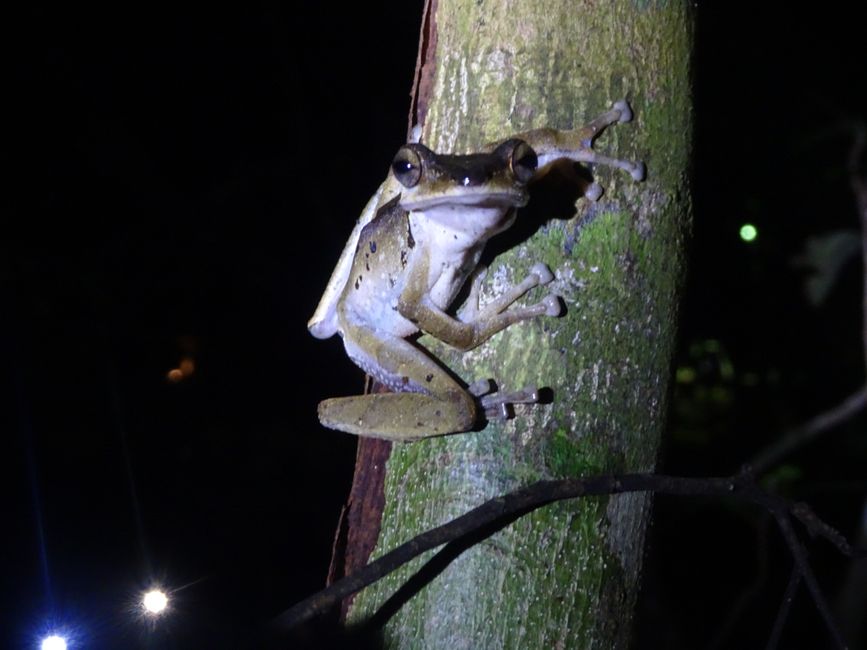
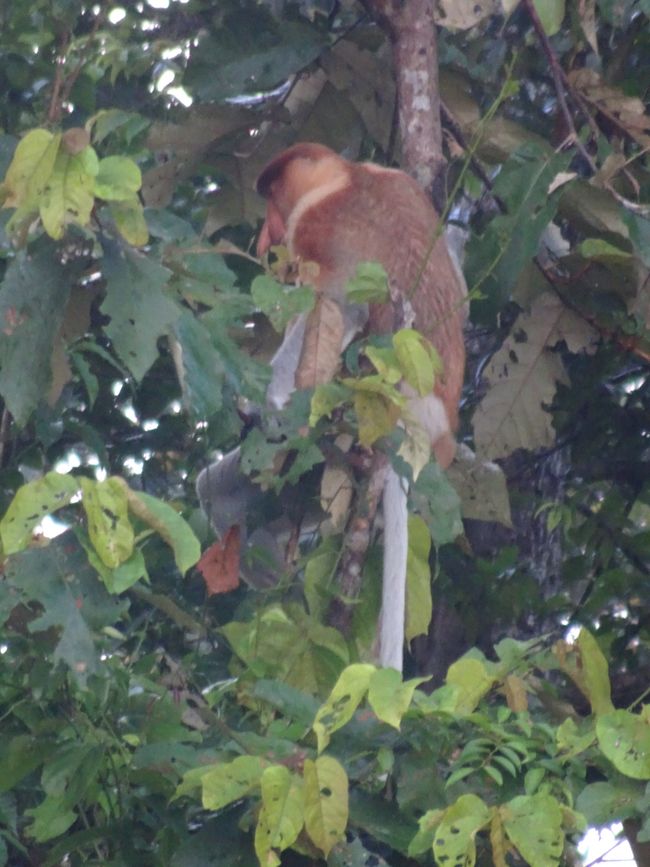
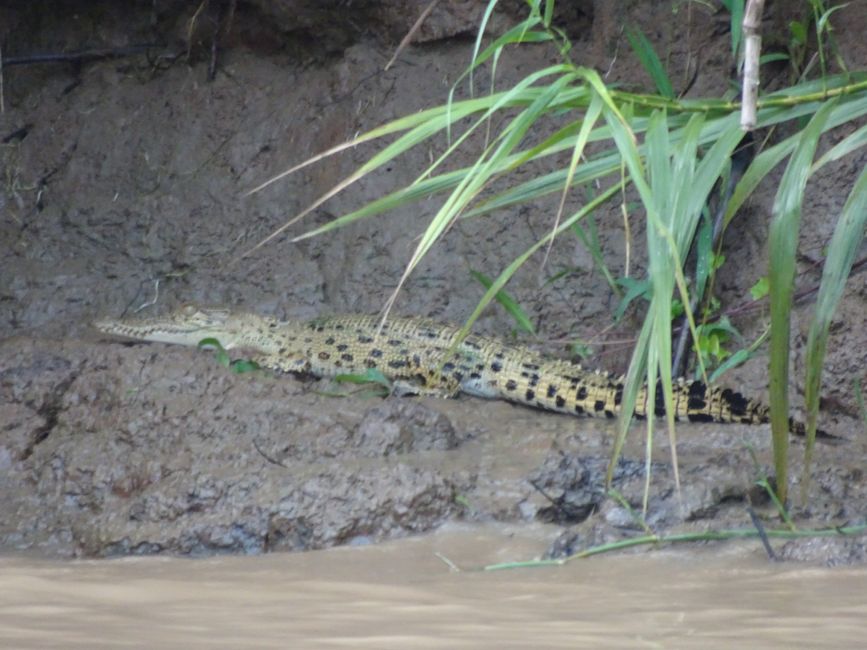
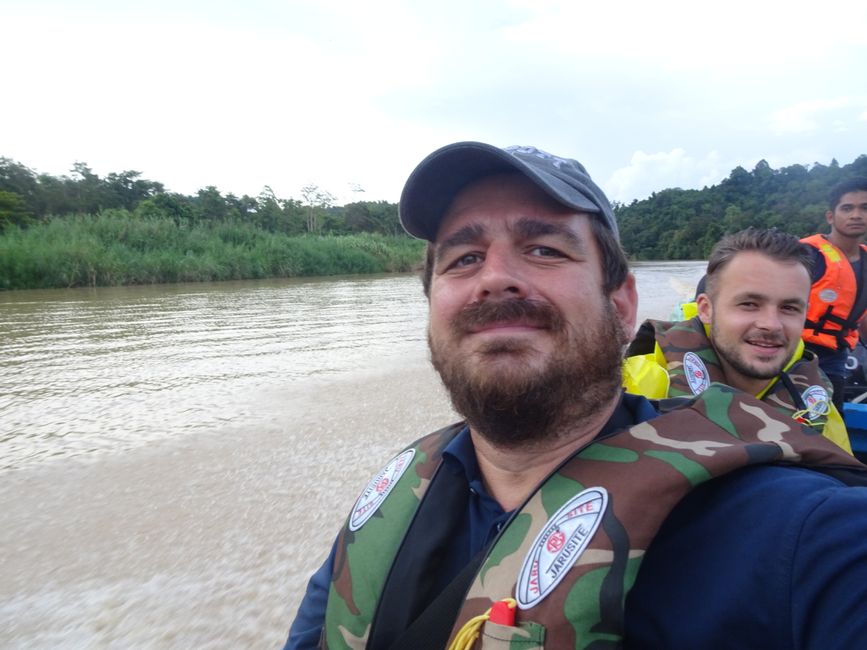
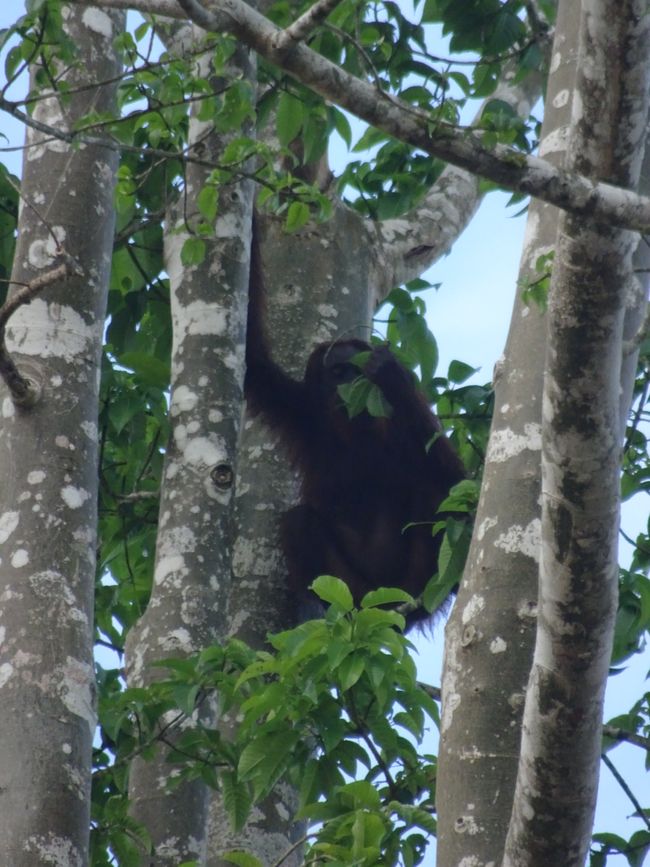
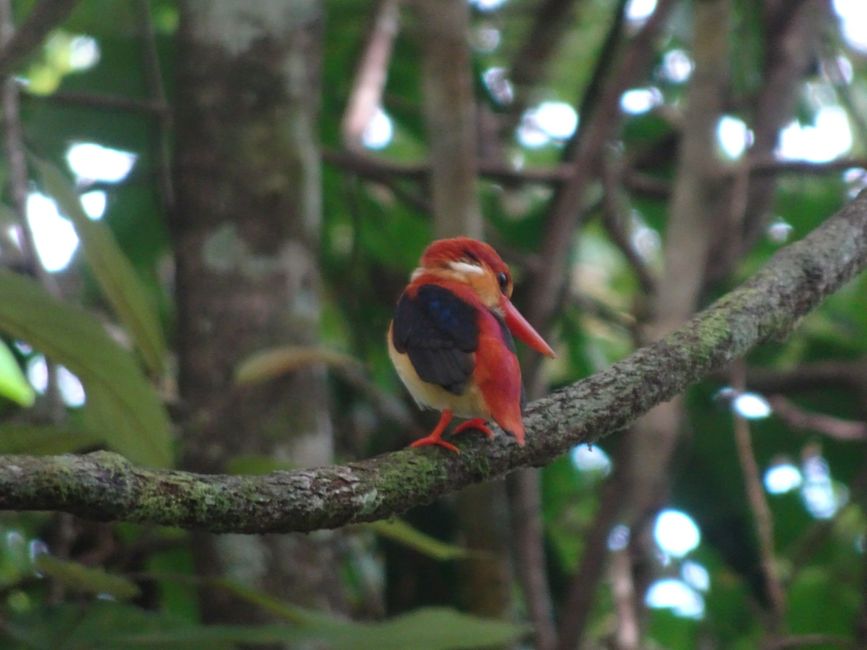
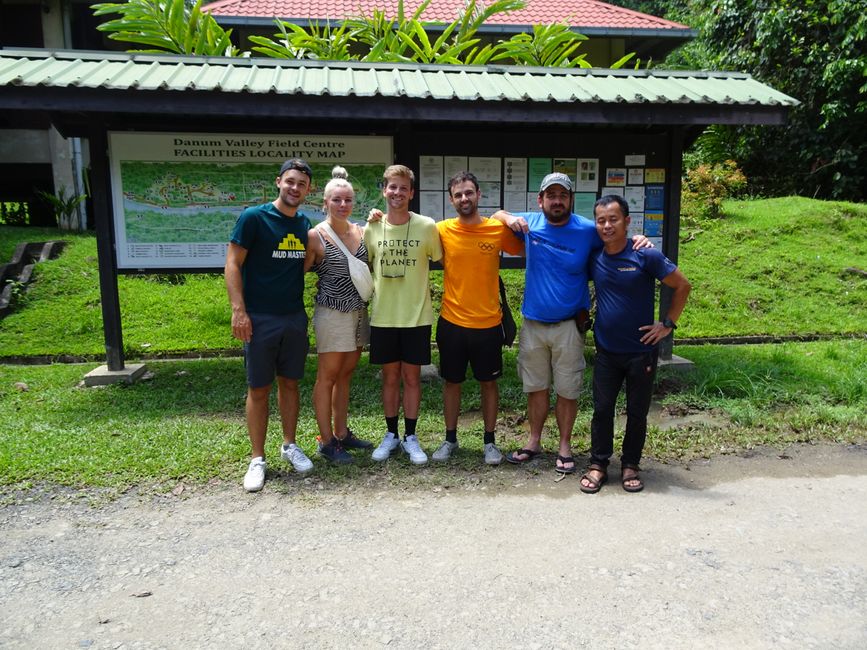
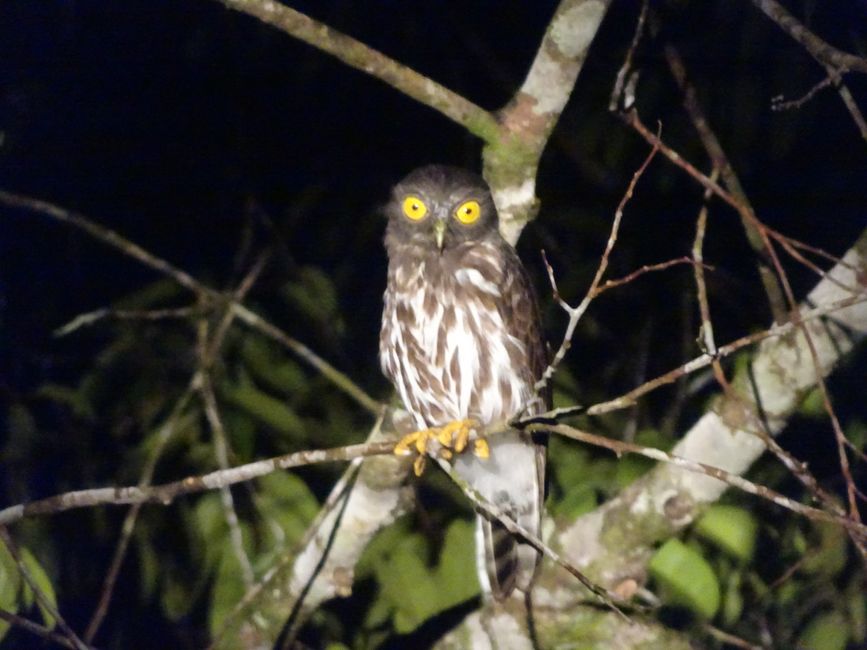
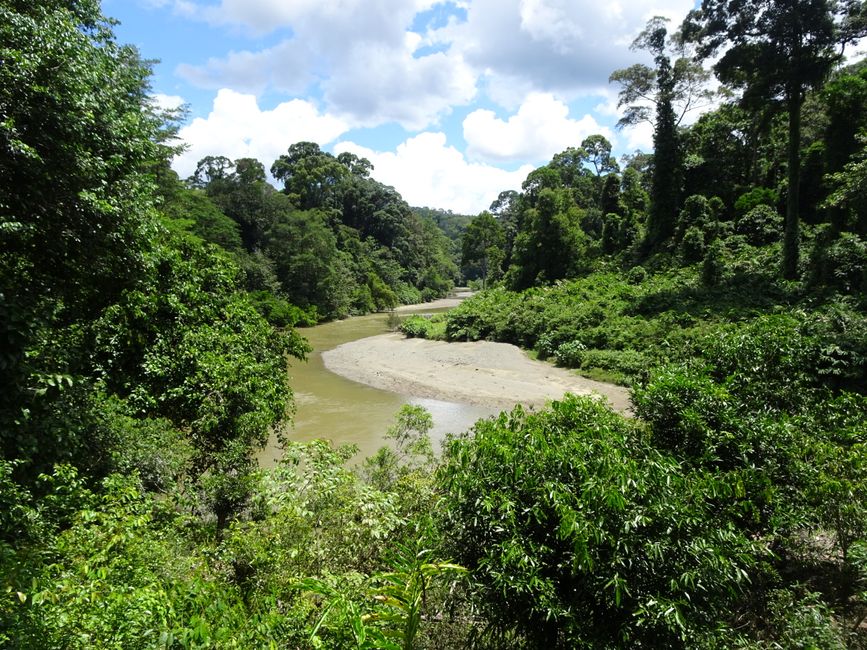
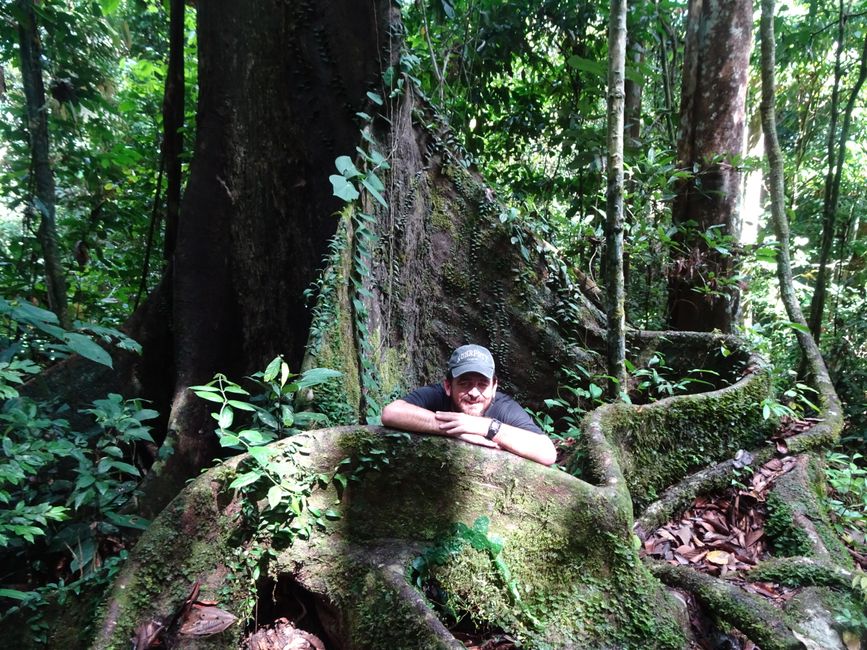
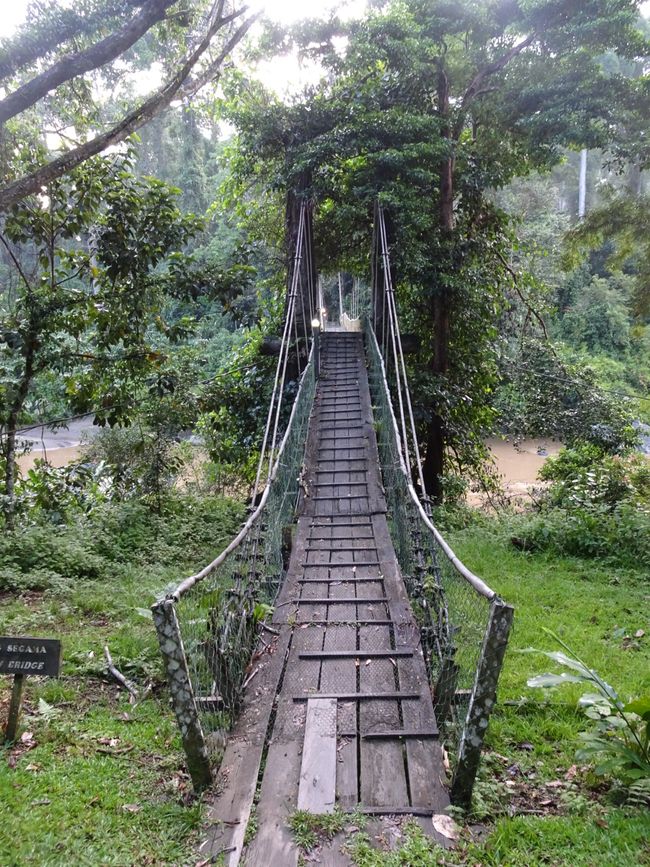
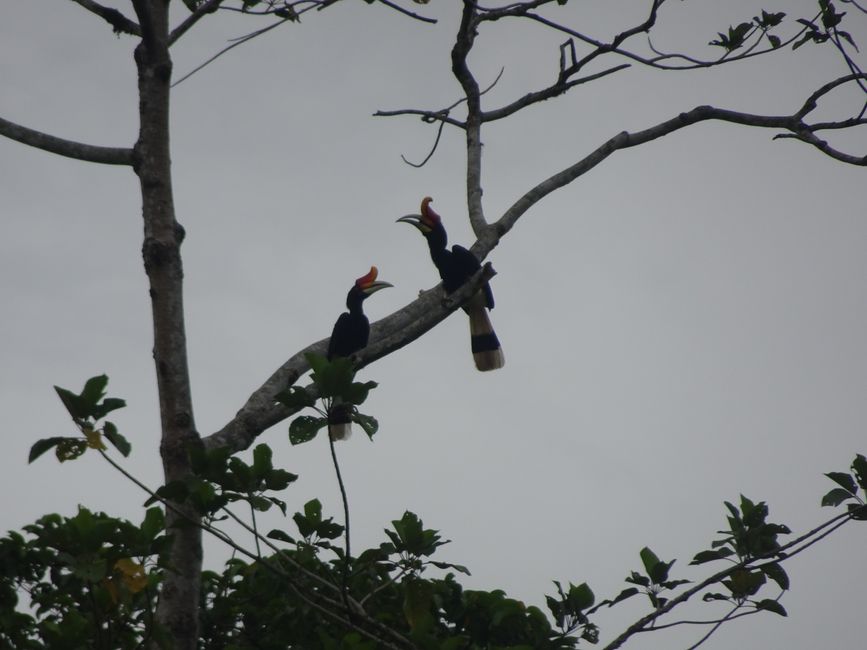
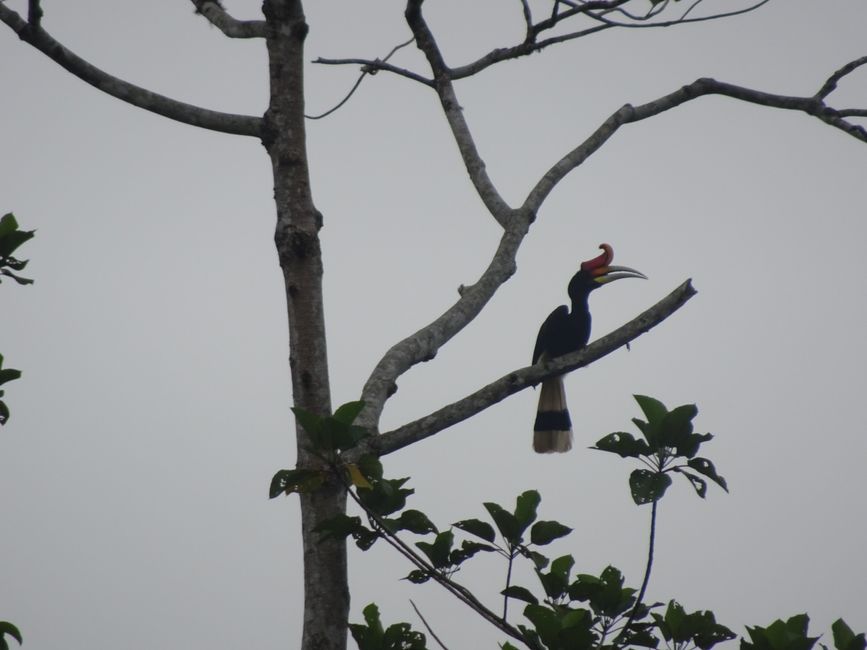

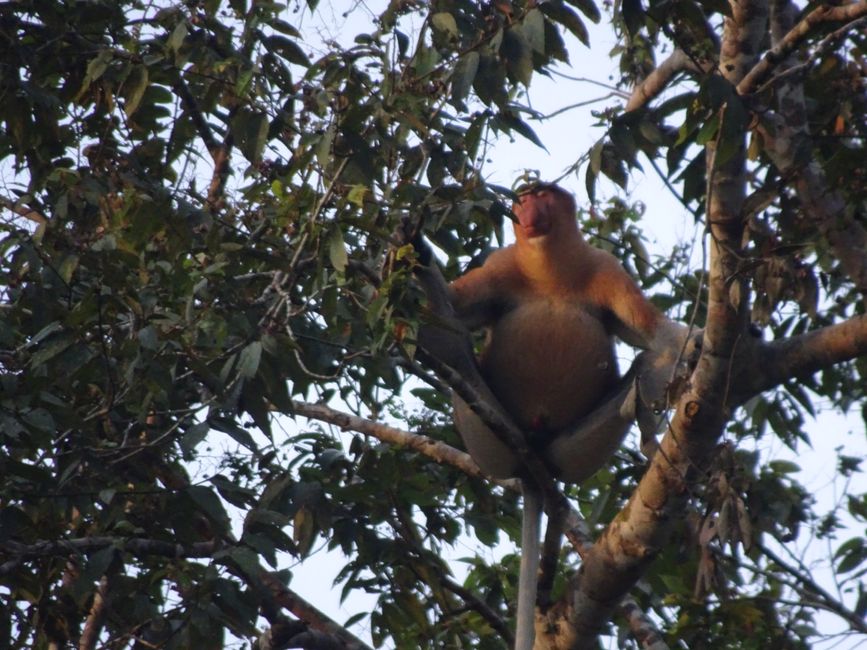
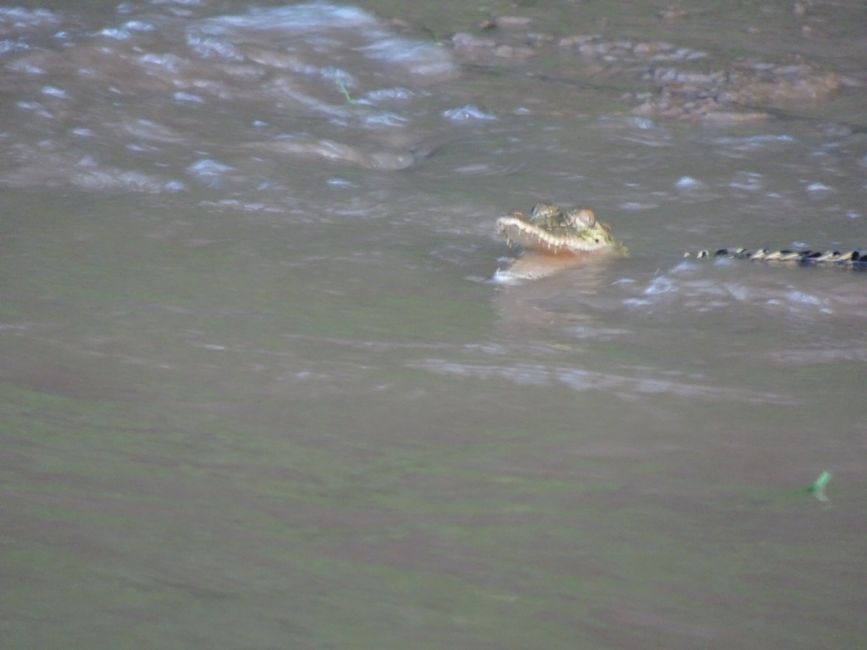
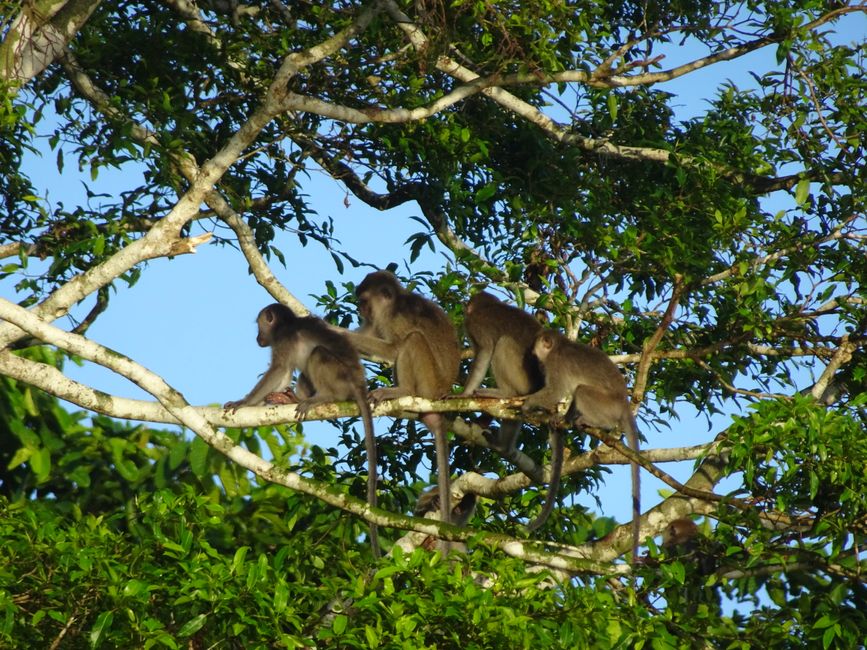
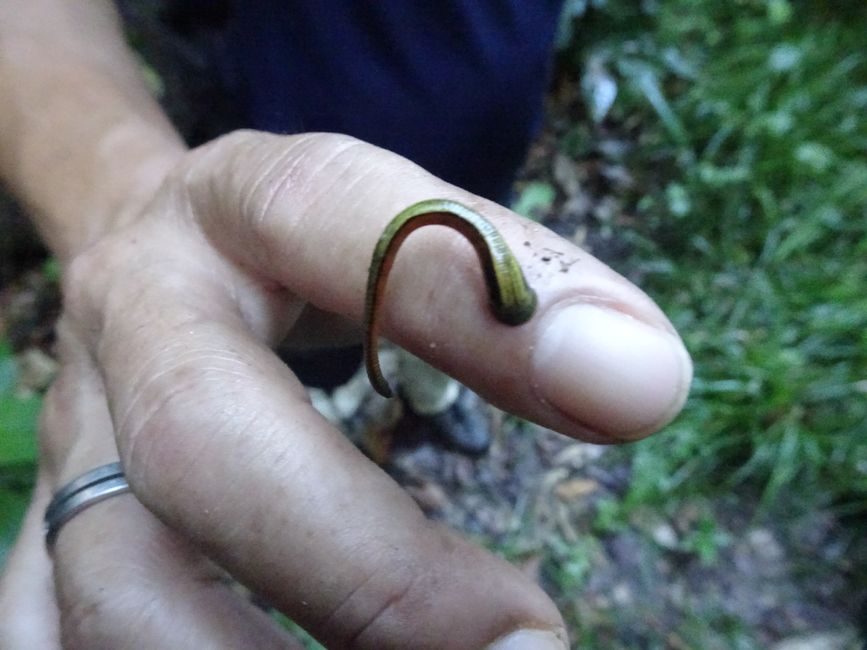
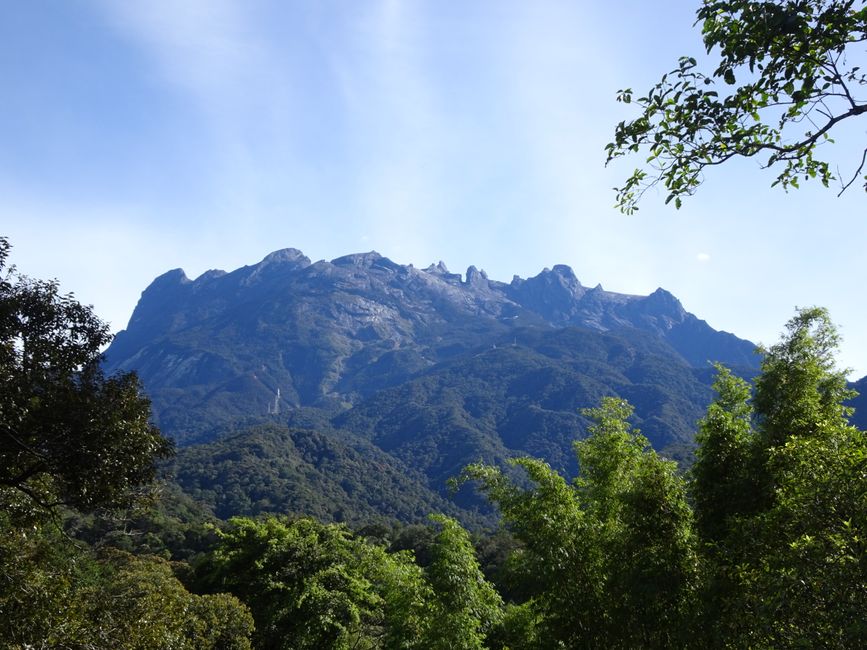
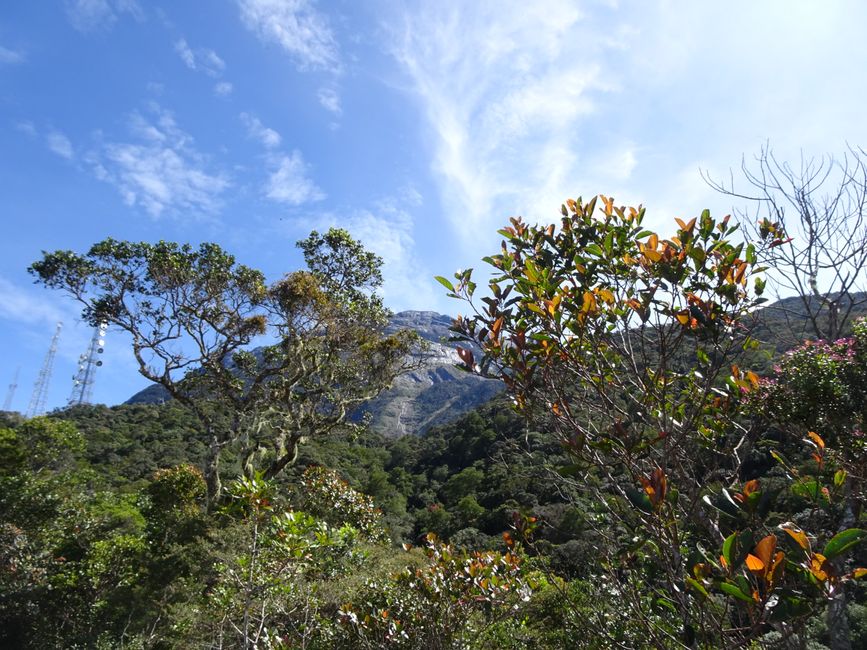
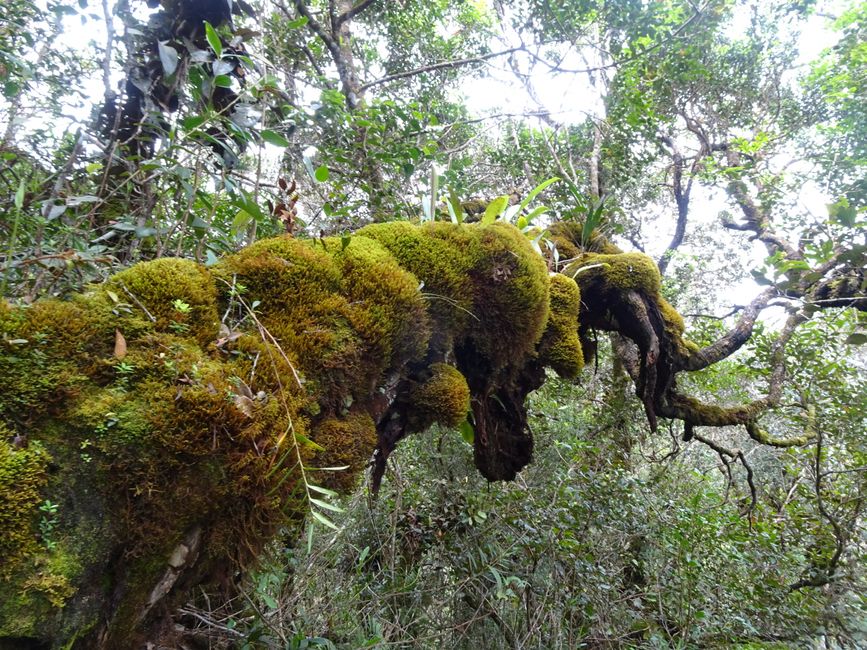
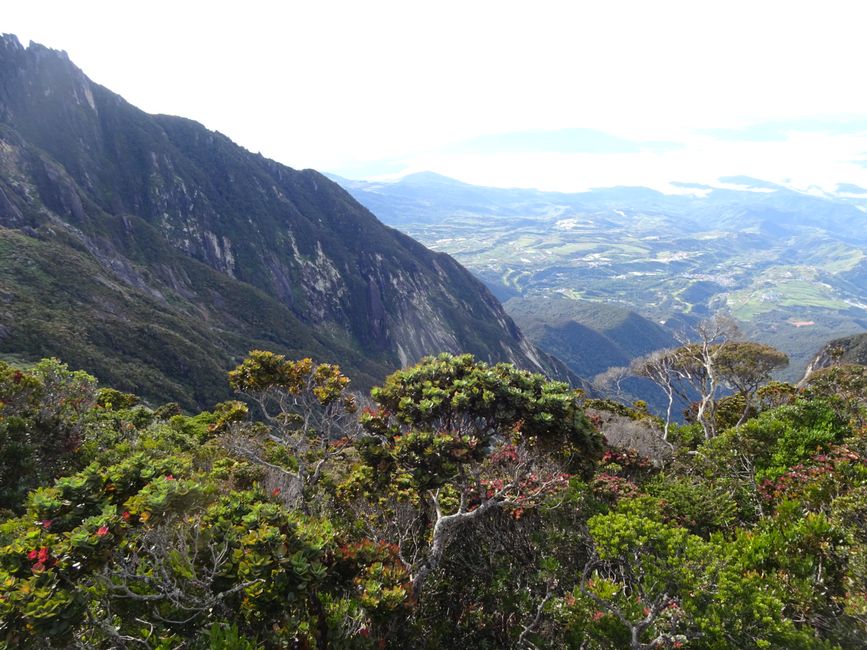
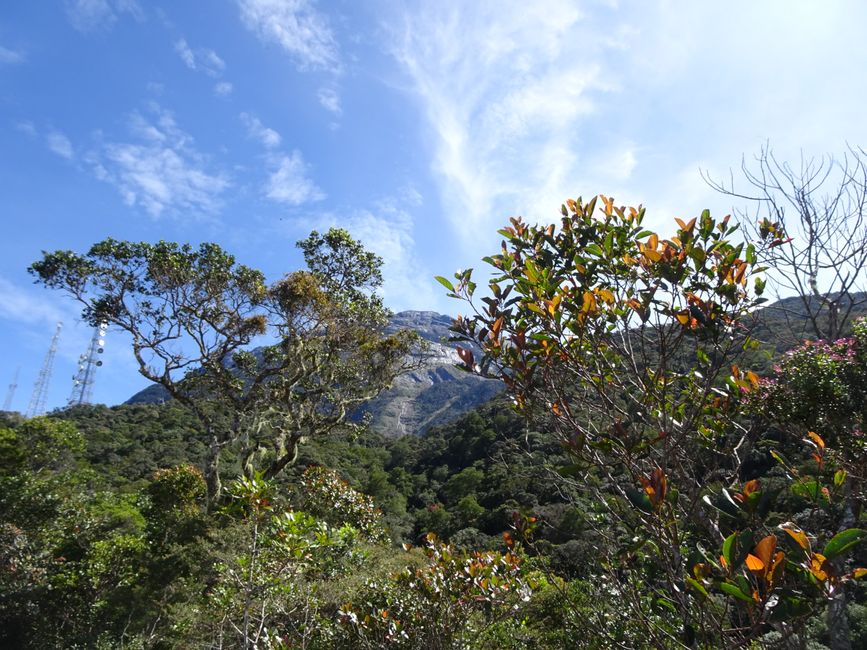
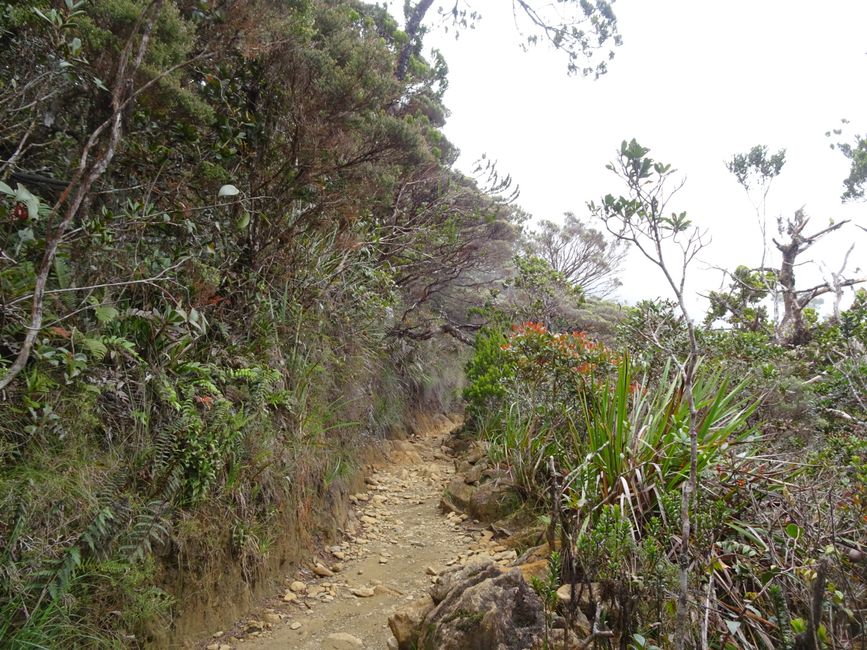
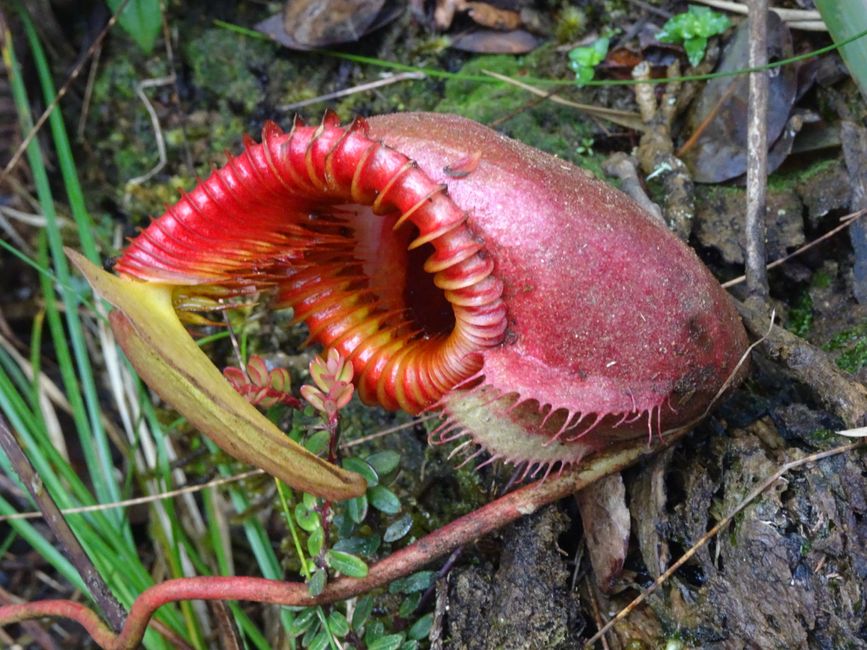
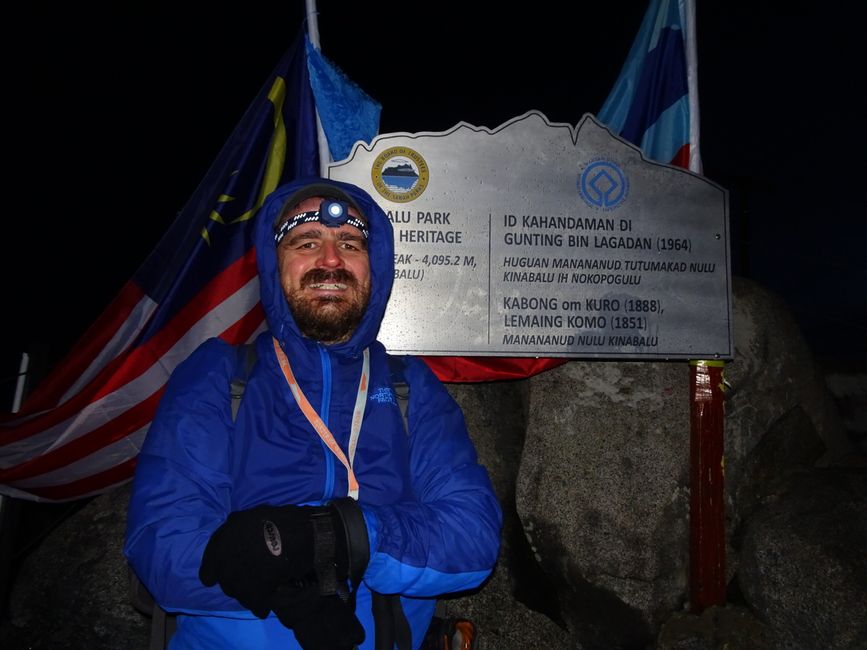
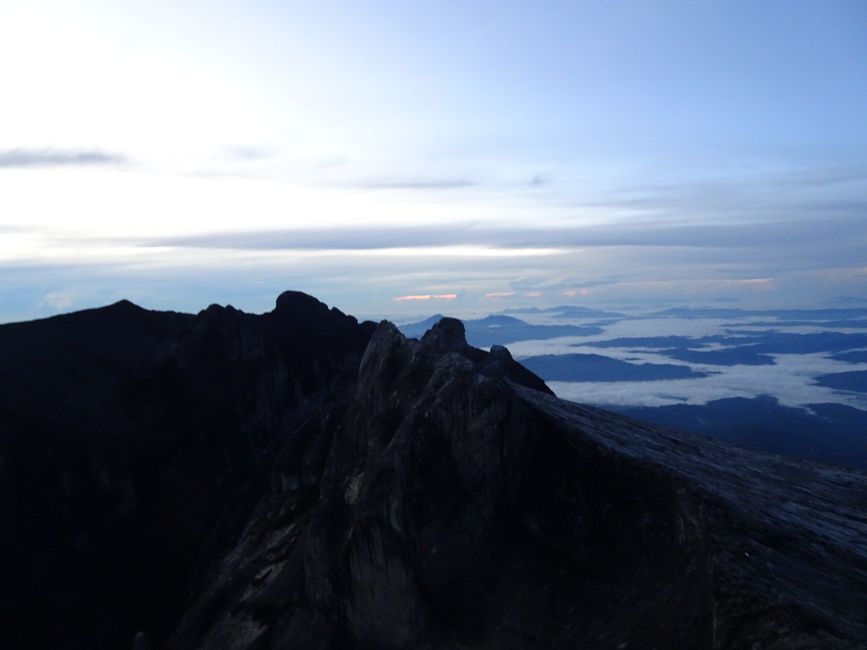
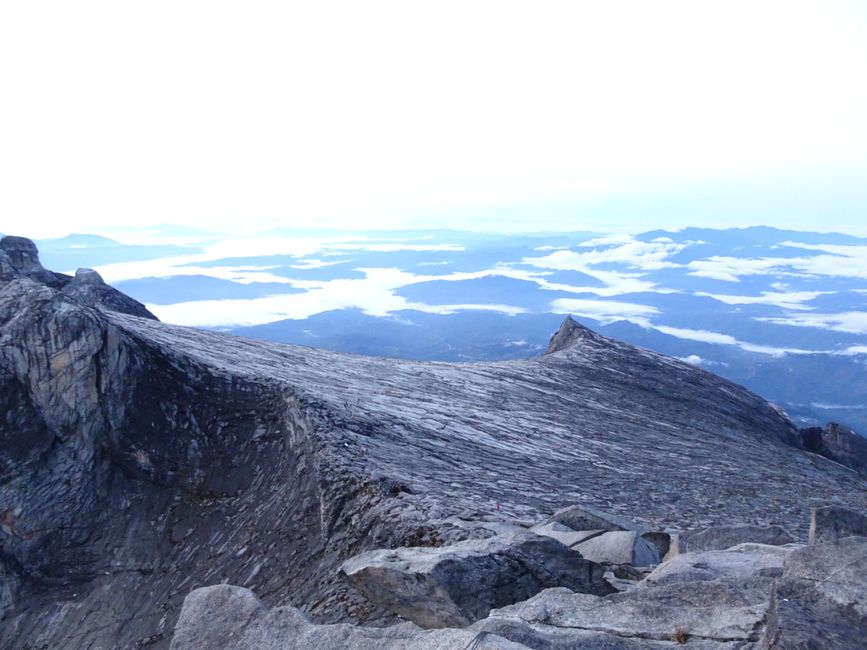
اشترك في النشرة الإخبارية
After a tiring and long journey with a twelve-hour layover in Chennai, India, I arrived in Kuala Lumpur, the capital of Malaysia, on the evening of August 8. The first thing I noticed was how pleasant 32 degrees with high humidity felt compared to being in Dubai! Since I already knew the city from a trip to Malaysia in 2018 and had good memories of it, I decided to have a short stay of two nights here on my way to Borneo. This gave me a full day in Kuala Lumpur, which I used for a long walk through the city and a visit to the evening night market. I noticed that there has been an increase in the number of women and girls wearing headscarves compared to 2018. It seems that Islam has gained significance in the country in recent years. The rest of the day I spent planning my upcoming weeks of travel.
The multi-ethnic state of Malaysia extends over the south of the Malay Peninsula (West Malaysia) as well as the two states of Sabah and Sarawak on the island of Borneo (East Malaysia). While West Malaysia is home almost exclusively to Malays, Chinese, and Indians, Borneo is a bit more complicated: it is inhabited by a variety of indigenous peoples, and in the state of Sabah alone, over 30 different languages are spoken. The state religion is Islam, to which almost all Malays and now the majority of indigenous peoples belong. After getting to know West Malaysia in 2018, I wanted to visit East Malaysia in Borneo this time. Borneo is the third-largest island in the world (slightly smaller than Germany and France combined!) and is the only island in the world that spans three territories: the Malaysian states of Sabah and Sarawak, the Indonesian province of Kalimantan, and the Sultanate of Brunei.
After a two-hour flight, I arrived in Kota Kinabalu, the main city of Sabah, on August 10. The city itself has little to offer, so on August 11, I took a boat tour to the Tunku Abdul Rahman National Park and visited the small islands of Sapi, Gaya, and Mamutik. The beaches of the islands are beautiful, and Sapi and Mamutik have coral reefs that are perfect for snorkeling. On August 12, I traveled almost 500 km by bus from Kota Kinabalu to Semporna. The bus journey took nearly 11 hours and was surprisingly comfortable. The coach was very comfortable and far from full. No comparison to the marshrutkas in the Caucasus! The route first took us through a spectacular mountain region with the 4,095-meter-high Mount Kinabalu as the highlight, then through jungle areas, and then several hours through endless oil palm plantations. The deforestation of the tropical rainforest for these plantations is a huge problem throughout Borneo. Waste disposal is another issue, as I noticed in Kota Kinabalu. Upon arriving in Semporna, I was relieved after just the 200-meter walk from the bus terminal to the guesthouse that I only had to spend the night there. Trash was everywhere, along with a stench and beggars, including many children! As I learned, most of the beggars there are refugees from the nearby Philippines. It was becoming clear to me that East Malaysia must be significantly poorer than West Malaysia. I had never experienced anything like this on the Malay Peninsula or anywhere else in Southeast Asia. The next day, I took a boat from Semporna to Pulau Mabul, where I had managed to secure a spot in a dive resort for the next four days. Six weeks prior, I had booked a package with three dives on Mabul and nine dives on the nearby completely protected Pulau Sipadan island. Sipadan was discovered as a diving area by Jacques Cousteau in the 1980s and is surrounded by spectacular coral reefs. Only 120 divers are allowed to dive there daily, and normally, I would have had to secure a spot half a year in advance. This year, thanks to Corona, that was not necessary. What did I see while diving? Hundreds of sea turtles, five different species of sharks including hammerheads, huge schools of big barracudas, large humphead parrotfish. And of course, plenty of smaller fish, cuttlefish, squids, countless species of colorful snails, and so on. And a reef in such great condition that I have never seen anywhere else. On the last day of diving, I booked an additional night dive. There, we saw resting turtles, many crabs, and shrimps, among other things. The days here were definitely one of the highlights of my trip so far.
For the next five days, I had booked an organized jungle tour from Sandakan to the Kinabatangan River and Danum Valley. On August 17, I took a boat back to Semporna in the morning, where I unfortunately found out that my information about a bus to Sandakan at 2 p.m. was wrong. So I spent the entire afternoon in the office of the diving agency! What else was there to do in that city? At 7:30 p.m., I finally took a bus and arrived in Sandakan after midnight. Since I was already being picked up the next morning for the tour, a stroll through Sandakan had to be canceled. But two other participants in the tour told me that I didn't miss much! In our group, we were nine people for the first two days and only five in Danum Valley. Plus Jeffrey, our guide. After a short visit to the Sepilog Forest Reserve, where we visited the Orangutan Rehabilitation Centre and the Bornean Sun Bear Conservation Centre, we went to the Kinabatangan, where we stayed in bungalows. The following two days, we went on boat tours and night hikes in search of animals. There were plenty of monkeys, including orangutans and the exclusively Borneo-living proboscis monkeys, as well as birds such as eagles, herons, or rhinoceros hornbills, and crocodiles. Unfortunately, we couldn't find any elephants. After two days, our now reduced group of five people (Maaike and Johnny from the Netherlands, Tommaso and Daniele from Italy, and myself) continued to Danum Valley, one of the oldest tropical rainforests on Earth at 130 million years old. Unlike Kinabatangan, we expected primary rainforest here, which we immediately recognized by the height of the trees and the denser vegetation. The accommodations there were very basic; I only had a bed in a dormitory without air conditioning. There was no electricity after 11 p.m. On several hikes, including a night hike, we discovered orangutans, other monkey species, various birds, chameleons, agamas, a venomous bamboo viper, and a large mangrove tree snake whose venom is lethal to birds but relatively harmless to mammals, including humans. It is absolutely fascinating how nature could develop such venom! We also saw other animals on a night drive. We got along great in our travel group, and our tour was really successful and eventful. Unfortunately, we had no luck with the elephants again. Our tour ended in Lahad Datu, another unremarkable city where I spent the night of August 22-23 in a nice, cheap hotel. On August 23, I took a bus back to Kota Kinabalu, but only as far as Mount Kinabalu, which I wanted to climb in the following two days. With nine euros per night, I checked into a cheap guesthouse four km from the entrance of Kinabalu National Park. I was able to leave my luggage there as well. The next morning, everything went according to plan: with the assigned mandatory mountain guide, we climbed from 1,860 meters to over 3,200 meters. It is very interesting to see how the vegetation changes from tropical mountain forest to tropical cloud forest as the elevation increases. After a short night in a mountain hut, we continued towards the summit at 4,095 meters around 3 a.m., reaching it punctually before sunrise at 5:45 a.m. Unfortunately, we couldn't admire the rising sun; clouds thwarted our plans. On the descent in daylight, we were able to experience the alpine zone with small shrubs, lichens, and mosses. After a breakfast break at the mountain hut, we finally made our way back to the starting point of the mountain tour. The return journey was incredibly strenuous, as we had to descend 2,300 meters in altitude. After another night in my guesthouse, I took a minibus back to Kota Kinabalu on August 26. I had an eight-hour layover there, which I spent doing laundry and visiting the very interesting Sabah Museum, as well as having dinner at an Italian restaurant. In the evening, I continued to Miri in the state of Sarawak, but more about that in the next post.
اشترك في النشرة الإخبارية
إجابة
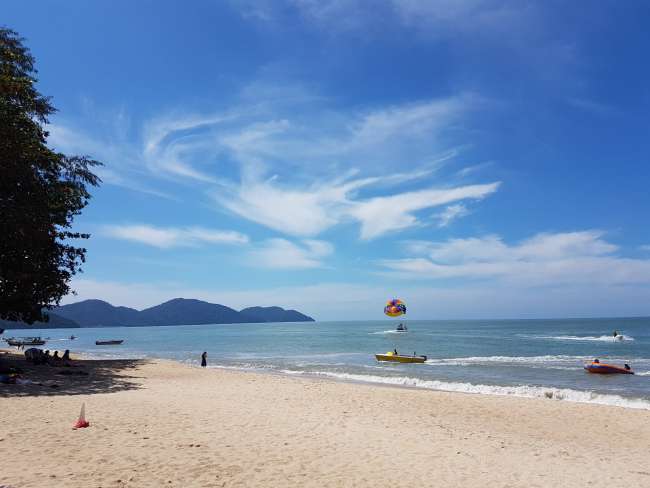
تقارير السفر ماليزيا
